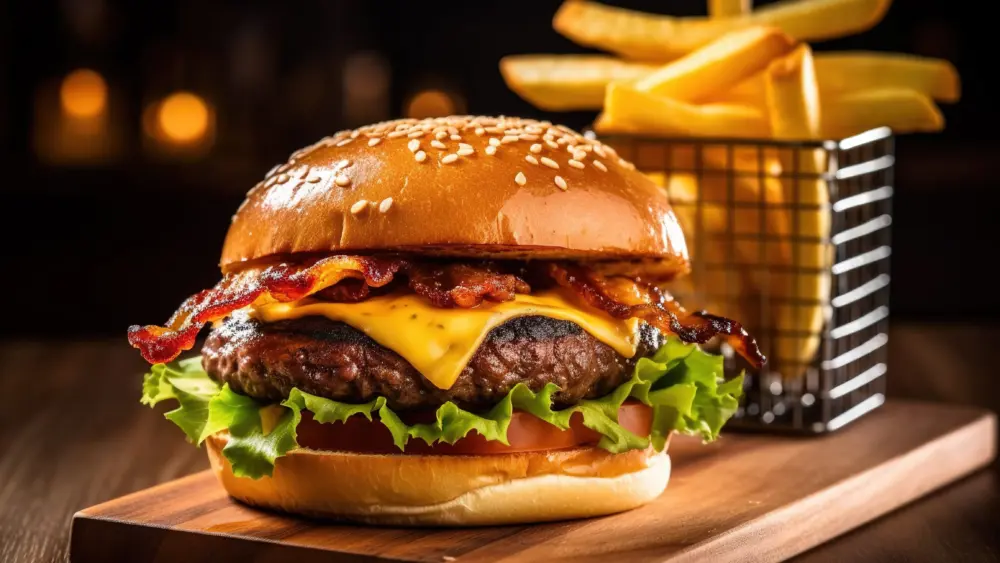 I recently came across James Conaway’s new book, Napa at Last Light: America’s Eden in an Age of Calamity. Calamity is not a word to toss around lightly, especially to someone like me, who has, on more than one occasion, been called a Calamity Jane. Not many could get away with speaking about Napa Valley as an agrarian ideal in one breath and a viticultural Disneyland in the next. In the forward alone, his tale goes from adoration to what feels like a eulogy to the Napa Valley that once was. A time before our humble valley became a mecca of wine, commerce—and if you’re talking to Conaway—a calamity in the making.
I recently came across James Conaway’s new book, Napa at Last Light: America’s Eden in an Age of Calamity. Calamity is not a word to toss around lightly, especially to someone like me, who has, on more than one occasion, been called a Calamity Jane. Not many could get away with speaking about Napa Valley as an agrarian ideal in one breath and a viticultural Disneyland in the next. In the forward alone, his tale goes from adoration to what feels like a eulogy to the Napa Valley that once was. A time before our humble valley became a mecca of wine, commerce—and if you’re talking to Conaway—a calamity in the making.
More than a decade ago, when I contemplated the abandonment of tech startup and advertising careers, for a writer’s life in Napa Valley, I too saw this place as an idyllic enclave, symbolic of the ultimate “dreamer’s” life—one that I desperately hoped to escape to. Picking grapes by day, swilling wine and writing by night. And for the most part, reality lived up to the dream. But our valley has changed dramatically since I made the move. A metamorphosis that Conaway dissects in harsh detail in the third installment of his Napa Valley trilogy, which discusses the rise of our wine region in the ’80s to his perceived exploitation of the land, circa 2018. The fact that this unrest coincides with the 50th anniversary of Napa Valley being anointed, as the country’s first agricultural preserve in 1968 is as fitting as it is troubling. As is the schism between our valley’s dwellers, those who stand to profit from the land, and those hellbent on preserving it.
For the glory or gore of it, we live in a place where on one day you can partake in a fun (if not frivolous) wine and Girl Scout cookie pairing, and the next you can attend a contentious Board of Supervisors (BOS) meeting. Where unrest unfolds in real-time as people air opinions for and against growth related controversies like watershed preservation and the Walt Ranch development plan—loaded debates that won’t soon be solved. Though many are trying, with hardcore lobbying for and against ballot initiatives including Measure D, which if passed could prohibit landings at personal use heliports and potentially regulate the conditions under which landings at vineyards are permissible. One of the largest points of friction (which Conaway waves a mighty flag in favor of) is Measure C, the 2018 Watershed and Oak Woodland Protection initiative, which aims to protect our woodlands and watersheds. Those against the measure fear it threatens to kill agriculture and shut down the wine industry, while supporters (6,300 of which signed the petition to help get the initiative on the June ballot) fight for water supply protection and sustainable ag. If passed, it’s expected that buffer zones would be established along streams to protect water quality and curtail the destruction of woodlands. While both measures were approved for the June ballot, the BOS ordered reports on each—to instigate a formal analysis of the potential effects of the measures. This move added more than just kindling to an already blazing flame, causing local interest groups in favor of Measure C (including the Napa Sierra Club and League of Women Voters) to retaliate by holding a community forum in March to verse potential voters on the issues surrounding the measure. The event drew a crowd of more than 140 attendees who spilled out of the Napa library, and included a notable panel of speaker/supporters, including Conaway, famed vintner Warren Winiarski (whose talk inspired a standing ovation) and consulting arborist, Bill Pramuk. The majority of gatherers (about two-thirds of the crowd) leaned in support of the measure. When asked where the opposition was coming from, Conaway answered, without hesitation—“Greed.”
In the almighty world of Amazon, reviewers of Conaway’s current book appear to be as polarized over its contents as we valley dwellers are on matters relating to growth. As I pour through his dense prose, he vacillates between nostalgic glimpses of Napa Valley—the Eden—at its infancy (Book 1, Napa: The Story of an American Eden) —paired against the harsh lens look of his most recent book, what I’ll dub—“Calamity James.” The reality behind the read, is as painful as it is prolific. What began as what some would call a poetic look at our valley, has been replaced with a crust and frankness, that plays out like a marital scene long after the love affair and honeymoon phase has ended. As for this scribe, my hope for Napa Valley is similar to what I wish for, in my own life, to grow old gracefully and without regrets. To honor the past, without mucking up the future.
Author
-

Christina Julian left Los Angeles and a career in advertising to sip and swirl for a living in Napa Valley, where she vowed to make wine and the discussions around it, more approachable. She’s covered everything from arts and entertainment to travel and leisure but remains true to her own words as a wine and food writer for The Infatuation. NorthBay Biz was one of the first regional publications she wrote for when she landed here more than a decade ago, and she’s never looked back. Learn more at christinajulian.com.
View all posts




